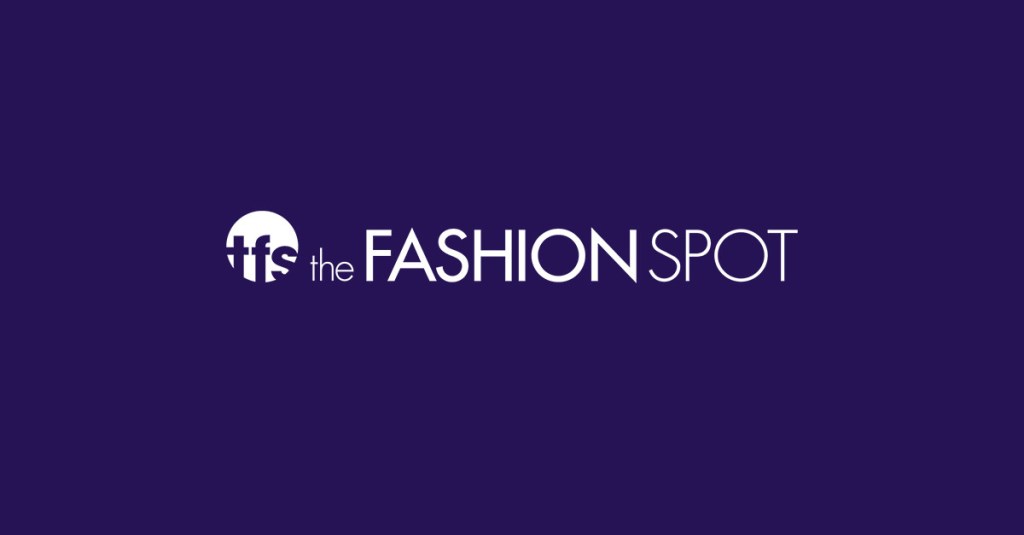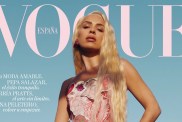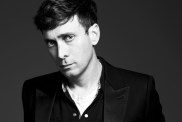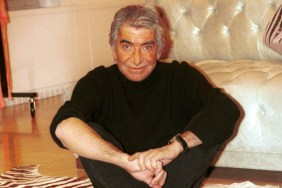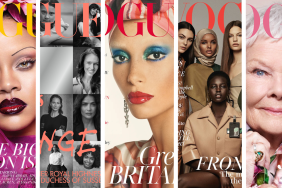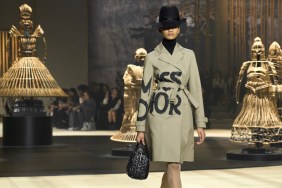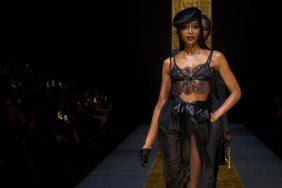
It’s hard to believe that once upon a time, women were celebrated for their natural god-given bodies. In fact, the female standard of beauty has gone through many drastic changes over the last several hundred years. We’ve compiled a timeline of all the major trends over the past 600 years, starting with the Renaissance up until the last decade. As we track everything from body types to hair and make-up, you may be surprised to see how the definition of sexy has changed so drastically over the years.
Renaissance: From the 1400s to the early 16th century

Body Type: The ideal Renaissance woman was more voluptuous than any other time in history. Paintings from this era depict women who would be considered beyond curvy by today’s standards – but at that time, these full-figured ladies were the epitome of sexiness. For the first time in recorded history, women were prized for their natural bodies.
Beauty: The term “blondes have more fun” may have stemmed from the Renaissance, because they believed that the lighter the hair color, the better. As for make-up, pale ivory skin was considered sexy, and vermillion was used to tint the lips to a deep red color. Pale complexion and blood red lips – it seems like the Renaissance era may have originated the popular vampire-chic look.
Victorian Era: From 1837 to 1901 (named after Britain’s Queen Victoria)

Body Type: Unlike Renaissance women, Victorian women were very body conscious. Sexy meant having the smallest waistline humanly possible, and in order to achieve this look, women wore corsets. Some corsets were wound so tight that women could hardly breathe, to the point where sitting down was completely out of the question. Many women would even break ribs trying to get their waistlines down to an inconceivable 12 inches. Layered petticoats, hoops, and bustles became very popular, all of which magnified the largest parts of the body – can you say, “Baby got back?”
Beauty: Modesty was the operative word when it came to Victorian makeup. High-class women were expected to use makeup sparingly. Bold colors were considered trashy, and reserved for prostitutes. Some religions at the time even proclaimed beauty products to be “the look of the devil.”
The Roaring 20s: The era that brought us Coco Chanel, shorter hemlines, and flappers.

Body Type: The 1920’s was a time when women didn’t want to look like women at all. We can’t imagine that men today would find this sexy, but some women from the 20’s era would even bind their chests with strips of cloth to achieve a “little boy” look – quite contradictory to some of the measures that today’s women take in order to amplify their chests. The loose silhouette of the flapper dress was in stark contrast to the corseted waist of the Victorian era. Elastic webbed girdles replaced corsets and gave off the look of a flat boyish abdomen.
Beauty: Going right along with the boyish look, the hair bob or finger wave was a big trend. Bold make-up, which had once been considered “trashy,” was now considered sexy. Powder was applied to make the skin look as pale as possible, and eyebrows were lifted and penciled in to appear thin and bold. Kohl was used to line the eye and achieve an overall dramatic look.
The 1930’s to 1950’s: Hollywood’s Golden Age

Body Type: As they became more body conscious, women started to pay attention to what they ate. Fashions accented the arms and legs, so women lifted light weights to build muscle tone. The new padded stretch cotton bra was introduced – something we’re sure all men and women are very thankful for. Designers like Chanel (credited as the originator of the “little black dress”), Dior, and Elsa Schiaparelli started designing glamorous attire that allowed women to show off their feminine curves.
Beauty: Hairstyles became more feminine than they had been in the 1920’s. Hair color varied, depending on which movie star one was trying to emulate. Jean Harlow made platinum blonde a trend, and meanwhile, Rita Hayworth (above) made being a redhead popular. Last, but not least, Marlene Dietrich was a symbol for all the brunettes out there. Make-up became a little less drag, and more girl-next-door than in the 20’s. The pasty white skin trend was finally passé, and women started opting for foundations closer to their natural complexions.
The 1950’s: A Step Back to Conservative

Body Type: The desired shape in the mid-century was the hourglass figure popularized by movie stars like Marilyn Monroe and Grace Kelly (above). Women were told that their primary goal was to “catch a man” and have a family – so they were taught to dress to allure. Rule number one of the 50’s was that women were never supposed to leave the house looking sloppy, meaning that our convenience store runs in sweatpants and sneakers would have been deemed completely unacceptable.
Beauty: Hair was usually kept short at just below the shoulders, and was worn in soft, curly, or wavy styles. Straight styles were considered undesirable, so rollers became a girl’s best friend. Women began to focus more on having flawless skin than anything else. The goal was a peaches and cream complexion.
The 1960’s: The era that brought us hippies, Twiggy, and bell-bottoms

Body Type: Mimicking the popular skinny models of the day, like Twiggy (above), women became obsessed with being rail thin. In terms of fashion and beauty, two polar opposites emerged: the hippie flower child and the modern swinging 60’s woman. The hippies put more of an emphasis on peace and love than on style and beauty. On the other hand, the “Twiggy-girl” put some time into her appearance and body. Lucky for all the guys out there, mini skirts became popular again.
Hair: Hippies went for low to no maintenance hairstyles. As far as they were concerned, the natural way was the best way. Needless to say, these flower children usually avoided make-up all together. More modern girls also went for low maintenance ‘dos, but they opted for short pixie cuts as opposed to long hair. The big emphasis was on the eyes – the bigger and wider the eye appeared, the better. Fake eyelashes were a must-have, and mascara was applied to achieve the popular tarantula lashes.
The 1970’s: All about the Farrah Fawcett hair

>
Body Type: The 60’s forever changed the way women viewed their bodies. By the 1970’s, the thinking-thin phenomenon was in full force – we all know the tragic story of Karen Carpenter. It was official – thin equaled sexy. Clothing was loose and flowing, but the mini skirt of the 60’s gave rise to the micro mini of the 70’s.
Beauty: The late Farrah Fawcett (above) revolutionized the way women styled their hair. Her long, layered, feathery haircut became the look that every woman wanted to have. This decade also marked the beginning of the bronzed beach look and with it, the popular tanning booth trend. Women began relying on bronzers and self-tanners, things many women (and some men) still can’t do without.
The 1980’s: The decade of big hair and The Material Girl

Body Type: The aerobics exercise craze of the 80’s further emphasized fitness for women. Women were expected to maintain a certain weight, but still appear toned – all without being too muscular. This decade also epitomized over-the-top fashion. Bright neon suits with football player-sized shoulder pads and spandex were just a few of the quintessential trends of the decade.
Beauty: There are only two words to describe 80’s hair – “big” and “hairspray.” The mantra of the decade was “the bigger the better”- and with all of those aerosol cans, we’re sure the ozone took a big hit right around this decade. We can’t imagine how men found this sexy, but over-the-top make-up was the look of the day. Just check out Madonna, above. Women opted for brighter colors, like the infamous blue eye shadows and liners. Also, thanks to Brooke Shields, bushy eyebrows were considered very sexy.
The 1990’s: The era that brought us Beverly Hills, 90210, and Saved by the Bell

Body Type: Models like Kate Moss dominated. The “heroin chic” trend also came about in the ‘90s – a strung-out and emaciated appearance was the coveted look. Thanks to a few rebellious kids in Seattle, the 90’s also gave rise to the popular grunge look, evidenced by flannel shirts and an overall unkempt look. On the other side of the spectrum, the spandex and fluorescent color trends of the 80’s stuck around for a good part of the 90’s. Lycra was introduced, becoming perhaps the biggest trend of the decade. Midriff-bearing tops also became fashionable – which coincided with the rise of pierced belly buttons.
Beauty: One of the most popular 90’s hairstyles was the “Rachel cut,” named for Jennifer Aniston’s character on Friends. Other popular hair trends included the bob, bangs (a la Brenda Walsh), and bleach blond color (remember Donna Martin?). Kate Moss epitomized the androgynous ideal, which led many women to take a minimalist approach to makeup.
The New Millennium (2000 to present): An era of choice and expression

Body Type: We’re currently in an age where women have more choice than ever before, and curves are being celebrated in the fashion industry. And yet, the price of beauty can still be extremely high. This is evident in the huge surge in plastic surgeries that have taken place in the last decade – Heidi Montag, anyone? We’re seeing a re-emergence of almost every major fashion trend of decades past – from shoulder pads and menswear-inspired attire, to florals and wild prints. We aren’t all copycats though, the emergence of low-rise, super skinny jeans is unique to our generation.
Beauty: When considering hair and make-up, there is not one big trend. For possibly the first time, the definition of beauty doesn’t seem to be so concrete. Hair extensions are a big trend today, allowing women the freedom to have virtually any hairstyle they desire. Make-up can range anywhere from the new coral makeup trend to subtler nudes. Many women opt for a more natural look or go for a bolder smoky eye – the choice is theirs.
Article courtesy of www.stylecaster.com.
